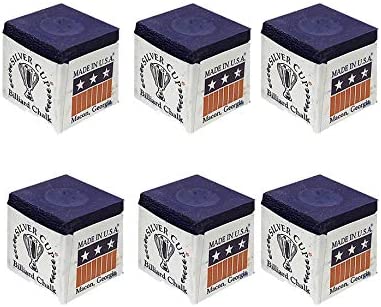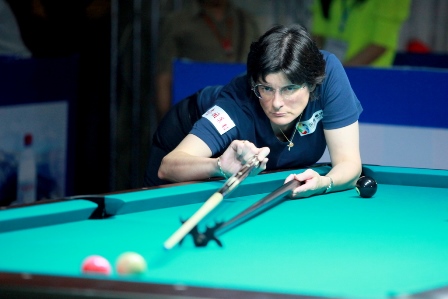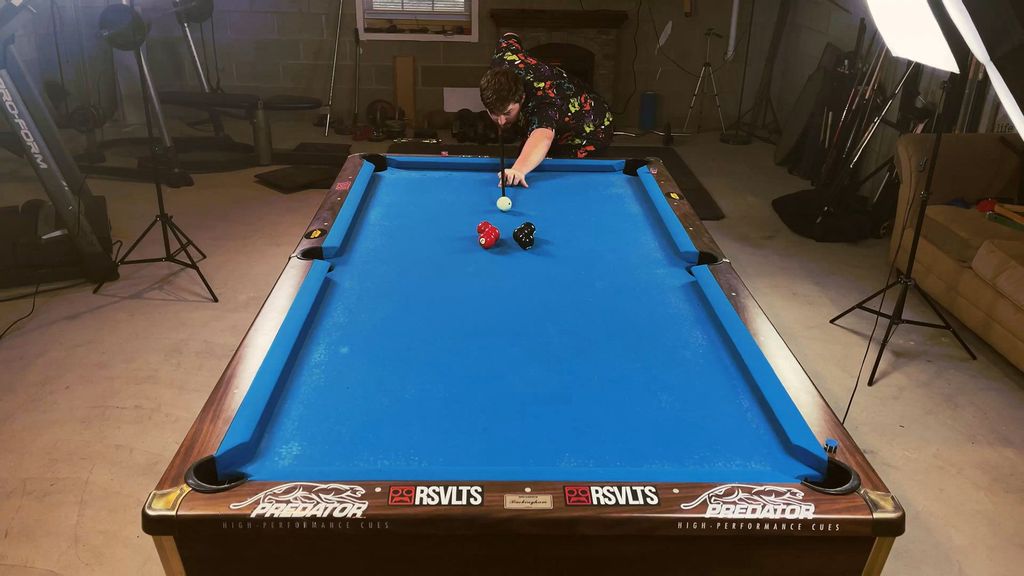
There are many materials available for making snooker utensils. Some are more heavy than others, and others are lighter. Maple and Ash are excellent options for snooker, regardless what material they are made from. Maple comes with many drawbacks, so it should be used with caution. These woods have varying degrees of whippyness and stiffness, so it's important to be careful when choosing your cue.
Materials used in snooker cues
Ash cues display clear grain patterns such as chevrons and even arrows. They can be hard to bend straight due to their uneven graining. You should choose carefully your cue to avoid potential problems.
Ash cues are traditionally made from English ash, which has become less common due to felling laws. In recent years, American ash has become more popular, as it is straight grain. English ash cues often appear darker and heavier with visible chevrons. Maples such as Acer sacrum are also available, but they tend to be more expensive. The maple timber is fully kiln-dried and seasoned for at least 12 months.
Rolled and bound the exact same
Ash is a dense wood that is lightweight and can be used for making snooker cues. It is not as expensive as some of the high-end luxury snooker cues. It has some flexibility, which makes it easier to spin the ball. It also has a lower deflection than other woods.

Ash and Maple are the two traditional timbers for cue shafts. Maple and Ash have high levels of playability and rigidity. Some models come with brass or plastic ferrules.
Receptive to wear and tear
It is crucial to properly care for your snooker utensils. They must be stored in a dry place, away from sunlight and moisture. Keeping them on a cue rack is the best way to protect them from warping and damage. It is important to protect them against chemicals and sandpaper.
Weight gain is one way to maintain them in good shape. You should choose a cue that weighs at least 17 ounces. Anything lighter will place strain on your arms. A cue that is too light can cause your arm to be accelerated.
You gain weight around the butt
The weight of the butt on a snooker cue is important for a proper balance. While many cues can be made from ash or maple, some are made entirely from it. Some cues feature intricate decoration, while others have simple lines.
The butt is a heavy, lower piece attached to the shaft by a screw. The shaft is a smaller, narrower piece. The shaft is a smaller, narrower piece that attaches to the butt. This is where a male screw threads in to a female. Cue joints are made from wood, brass, or plastic. Most common are brass-to–brass joints.

Rolling and bouncing the same
One of the most well-known types of snooker cues is the ash billiard. Ash snooker dice weigh around 18 to 20 ounces. This is much lighter that the larger billiard ball. The majority of snooker cues are made of ash, but there are also some cues made from maple.
Also, ash snooker cues cost less than other materials. They will cost you based on their wholesale price. It's therefore easy to find a cue at a fair price.